The below images were taken at the temporary exhibition Histores De Carreaux Poeles Et Potiers Au Moyen Age, at the Musee Gallo-Romain D'Aoste. Isere France.
Aoste, is situated on the old trading route between the Swiss Plateau and the upper Rhone valley, in the department of Isere. During the Gallo-Roman epoch it was an important centre for the manufacture of ceramic kitchenware. The remains of 9 Gallo-Roman pottery kilns can seen in the archaeological park on the outskirts of the village.
Though declining due to the ascendancy of Lyon, Aoste remained a manufacturing centre for ceramic goods throughout the middle ages.
Documented here are some of the elements retrieved during the excavation, in 2006, of a pottery workshop dating from the late middle ages. The excavations, made by Alban Horry bring to light an ancient tradition of ceramic stove, previously unknown in Dauphine. On the site, named Normonds, many full stove tiles along with fragments, were found in the mideval kilns and scrap piles from the 15th century. The tiles were probably made on the order of itinerant stove builders, and almost surely destined for installation in large upper class houses or castles.
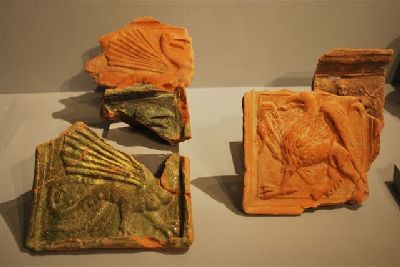
After being moulded the tiles were fired, then given a thin coat of white liquid clay and green lead based glaze, before being fired a second time.
Normandoz Dig, Aoste.
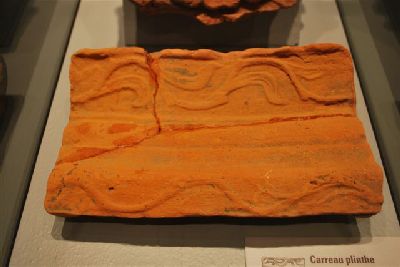
Normandoz Dig, Aoste.
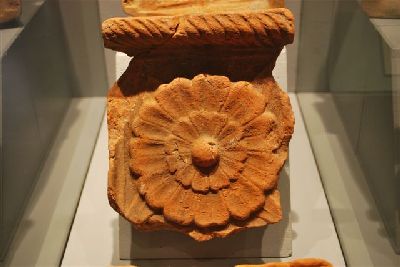
Normandoz Dig Aoste.
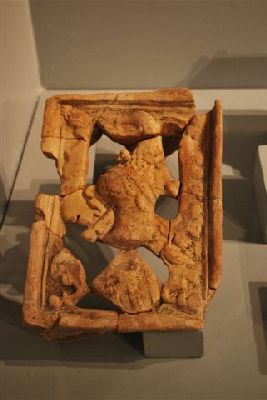
Normandoz Dig, Aoste.

Normandoz Dig, Aoste.
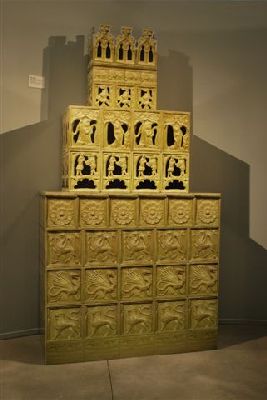
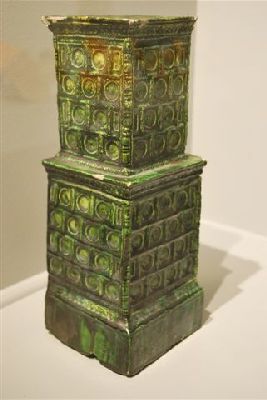
An upper corner tile in the form of a tiled stove. XV1 c 20cm high.
Muse Historic Strasbourg, Bas Rhine.
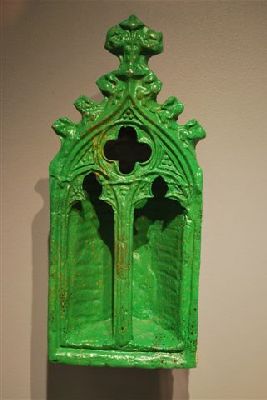
Muse Lorrain de Nancy. Meurthe-et-moselle.
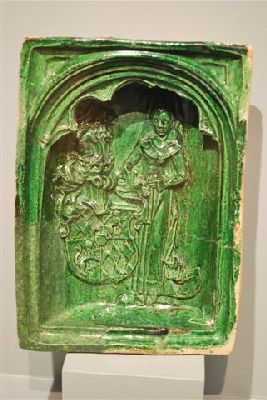
XV c Musee Historic de Strasbourg, Bas Rhin.
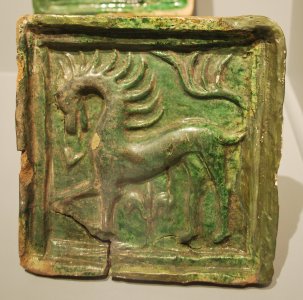
Musse Historique de Strasbourg
Bas Rhin.
Marcus Flynn
2009
